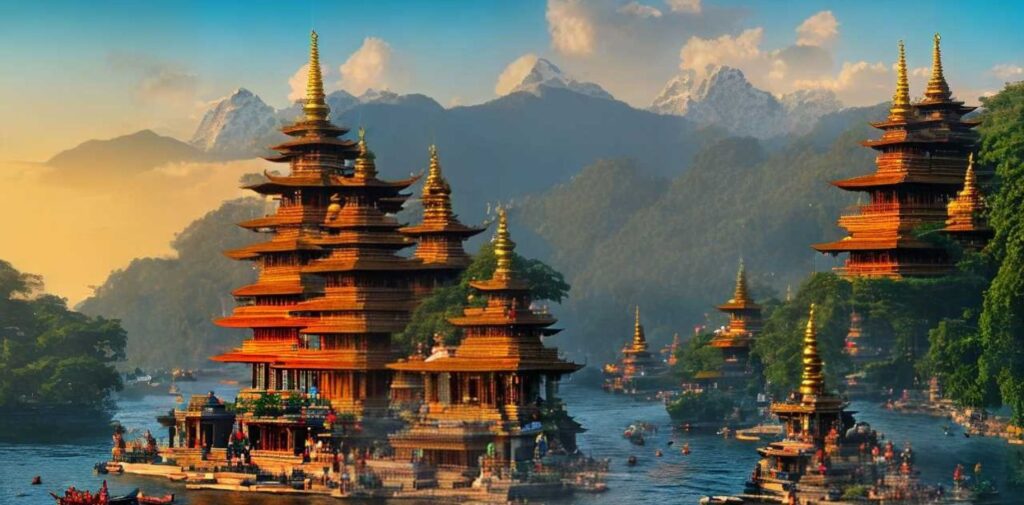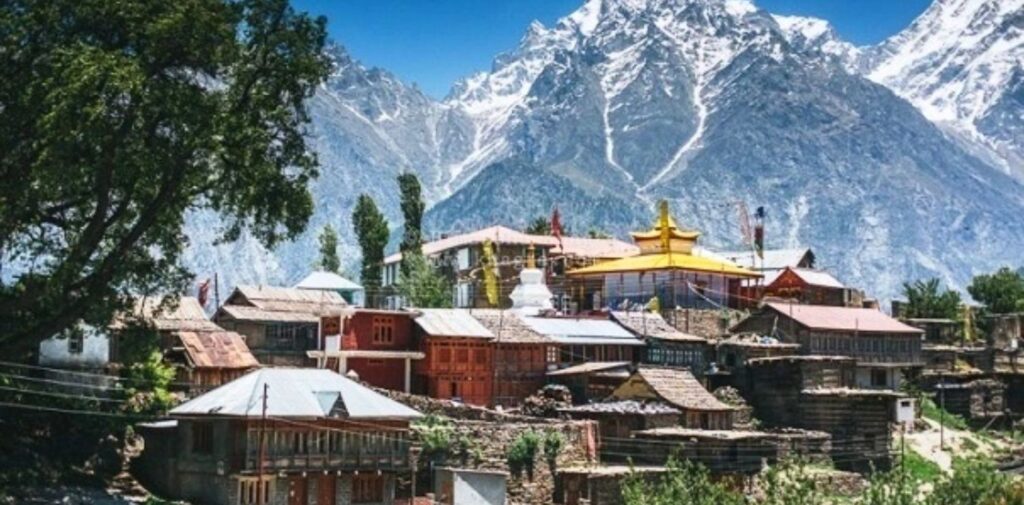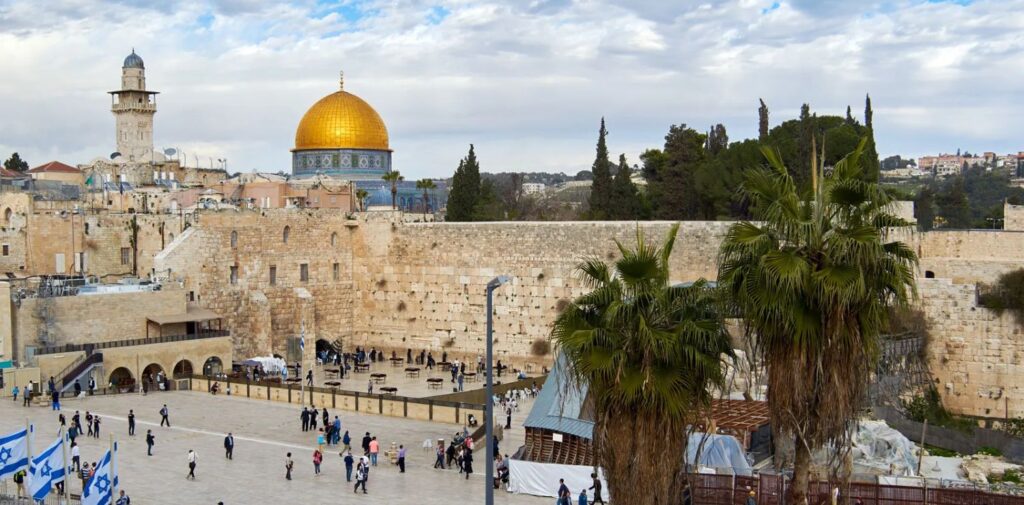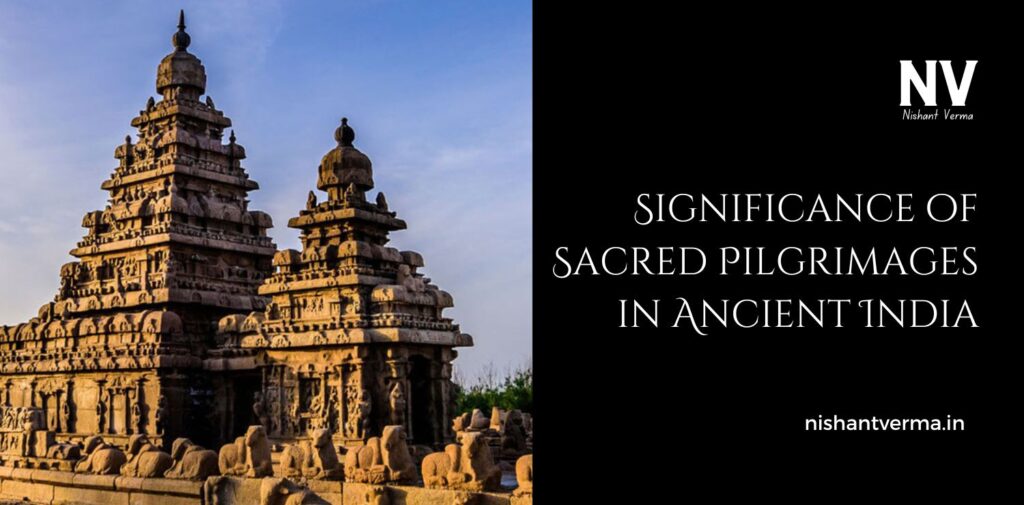India is a land of rich history, culture, and spirituality. In ancient times, people believed in gods and goddesses, and they thought that visiting sacred places or pilgrimage sites would bring them closer to these divine beings. These journeys to holy places were more than just trips—they had deep spiritual, cultural, and social meanings. Let’s take a journey back in time and explore the significance of sacred pilgrimages in ancient India.
What is a Sacred Pilgrimage?
A pilgrimage is a journey taken by a person to a sacred place. In ancient India, people traveled long distances to visit temples, rivers, mountains, and other holy spots, believing that these places were connected to gods and spiritual powers. Pilgrimages were not just about reaching a destination but also about the spiritual journey itself.
The most important reason for these pilgrimages was to get blessings from the gods and seek peace, happiness, and protection from troubles. People believed that by visiting these holy places, they could wash away their sins, find solutions to problems, and gain wisdom.

Ancient Pilgrimages and the Search for Peace
In ancient India, spiritual peace and mental calmness were extremely important. People believed that the world was full of challenges, and to find inner peace, one had to connect with higher spiritual powers. Pilgrimages offered people a chance to leave behind the busy world and focus only on prayer, meditation, and self-reflection.
Sacred places were seen as a way to escape daily struggles and reconnect with the divine. People went on these journeys to experience spiritual growth, find guidance, and seek answers to life’s questions.
Holy Rivers: The Lifeblood of India
Rivers were highly sacred in ancient India, and they played an important role in the lives of people. The Ganges (Ganga), Yamuna, and many other rivers were considered to be the abodes of gods. People believed that taking a dip in the holy rivers would purify their bodies and souls.
The river Ganga, in particular, was considered the most sacred of all. Ancient texts like the Vedas and Puranas often mention the spiritual power of the river. Pilgrims would travel to places like Varanasi, Haridwar, and Allahabad to bathe in the holy waters of the Ganges to wash away their sins.
For thousands of years, people visited these rivers for religious purposes. Even today, the tradition continues, with millions of people taking part in rituals and prayers by the riverside.
Temples and Sacred Sites: Places of Worship and Reflection
India has always been home to a large number of temples, each dedicated to different gods and goddesses. These temples were not just places of worship but were seen as gateways to spiritual wisdom. People from all over the country traveled to these temples to offer their prayers, perform rituals, and gain blessings.
Some of the most famous ancient pilgrimage sites include:
- Kedarnath and Badrinath in the Himalayas, dedicated to Lord Shiva and Lord Vishnu.
- Vaishno Devi in Jammu and Kashmir, dedicated to Goddess Vaishno.
- Somnath Temple in Gujarat, one of the twelve Jyotirlingas of Lord Shiva.
These sacred places were considered important because people believed that visiting them would help them become closer to the divine. Temples were also centers of knowledge, and the priests and sages in these places helped guide people in their spiritual practices.

Mountains and Hill Stations: The Home of Gods
In ancient India, many mountains and hills were considered sacred. The Himalayas, the highest mountain range in the world, were believed to be the home of Lord Shiva. The mighty Mount Meru was thought to be the center of the universe, and various other mountains had spiritual significance.
People would climb these mountains to feel closer to the divine and to experience spiritual transformation. The journey itself, which was often long and challenging, was seen as a test of one’s devotion and determination.
For instance, the sacred mountain Mount Kailash, located in Tibet, was believed to be the residence of Lord Shiva. Pilgrims would travel great distances to visit such mountains, hoping to experience divine blessings and inner peace.
The Role of Sacred Pilgrimages in Uniting People
Ancient Indian society was diverse, with people from different cultures, languages, and traditions. Pilgrimages played a significant role in bringing these people together. Regardless of where a person came from, everyone shared the same goal—spiritual growth and connection with the divine.
By traveling to sacred places, people from all over India got to meet each other, share stories, and exchange knowledge. Pilgrimages were a way of uniting people beyond their differences. It also gave rise to a culture of respect, compassion, and cooperation among people.
Moreover, these journeys often involved walking through forests, crossing rivers, and visiting remote villages. This helped travelers understand the geography of India better and created bonds between communities.
Sacred Pilgrimages as a Way of Life
For many people, a pilgrimage was not just a one-time event but a way of life. It was common for individuals or families to make regular trips to holy places throughout their lives. People believed that these pilgrimages brought good fortune, health, and prosperity.
Additionally, some people considered pilgrimages as a way of fulfilling vows. If someone had a special wish or if they were in trouble, they might vow to visit a holy place if their wish was granted. This act of devotion was considered a powerful spiritual practice.
Pilgrimage Festivals: Celebrating with Devotion
In ancient India, several festivals were closely linked to sacred pilgrimages. One of the most famous pilgrimage festivals is the Kumbh Mela, which takes place every twelve years at four different places in India. During this festival, millions of people gather to take a dip in the holy rivers, believing that doing so will cleanse their sins.
These festivals were not only spiritual gatherings but also important social events. They offered a chance for people to meet, share their experiences, and celebrate their faith. The large gatherings during such festivals also led to the exchange of goods, cultures, and ideas, enriching the social and cultural life of India.

The Legacy of Ancient Pilgrimages
The tradition of Sacred Pilgrimages in Ancient India is still alive today, and many ancient pilgrimage sites continue to attract millions of visitors each year. Although modern transport and technology have made these journeys easier, the spiritual significance of these sacred places remains as strong as ever.
In ancient India, these pilgrimages were a way of life, deeply rooted in the cultural and religious fabric of the society. They were a means to find peace, connect with the divine, and unite people across different regions. The legacy of sacred pilgrimages continues to influence the lives of millions of people even in the present day.
Conclusion – Sacred Pilgrimages in Ancient India
Sacred pilgrimages in ancient India were far more than just religious journeys. They were a way for people to connect with the divine, seek peace, and improve their lives. Pilgrimages helped people unite, exchange ideas, and learn from each other. Even today, the tradition of sacred pilgrimages continues to be an important part of Indian culture, helping people find spiritual meaning and purpose in their lives.
As we look back at the history of these pilgrimages, we see how they shaped the spiritual and cultural landscape of India. The significance of these journeys is still celebrated today, reminding us of the deep connection between people, their faith, and their shared history.




